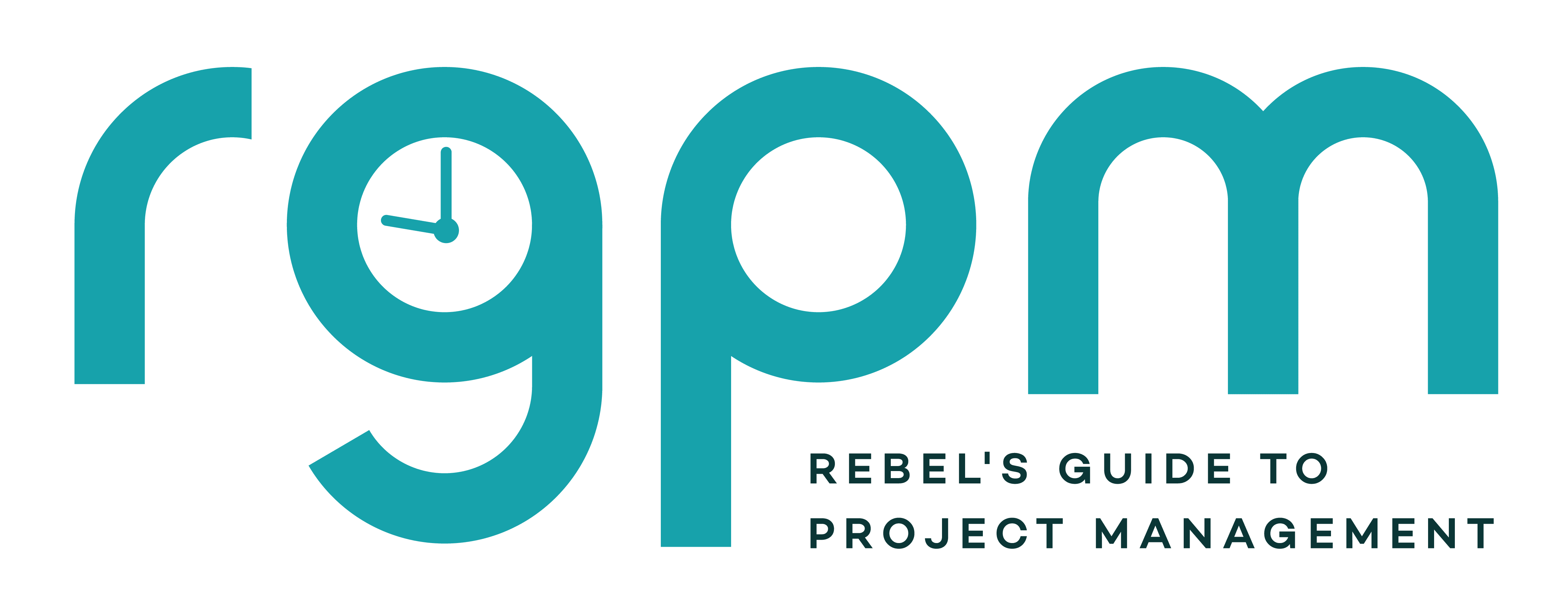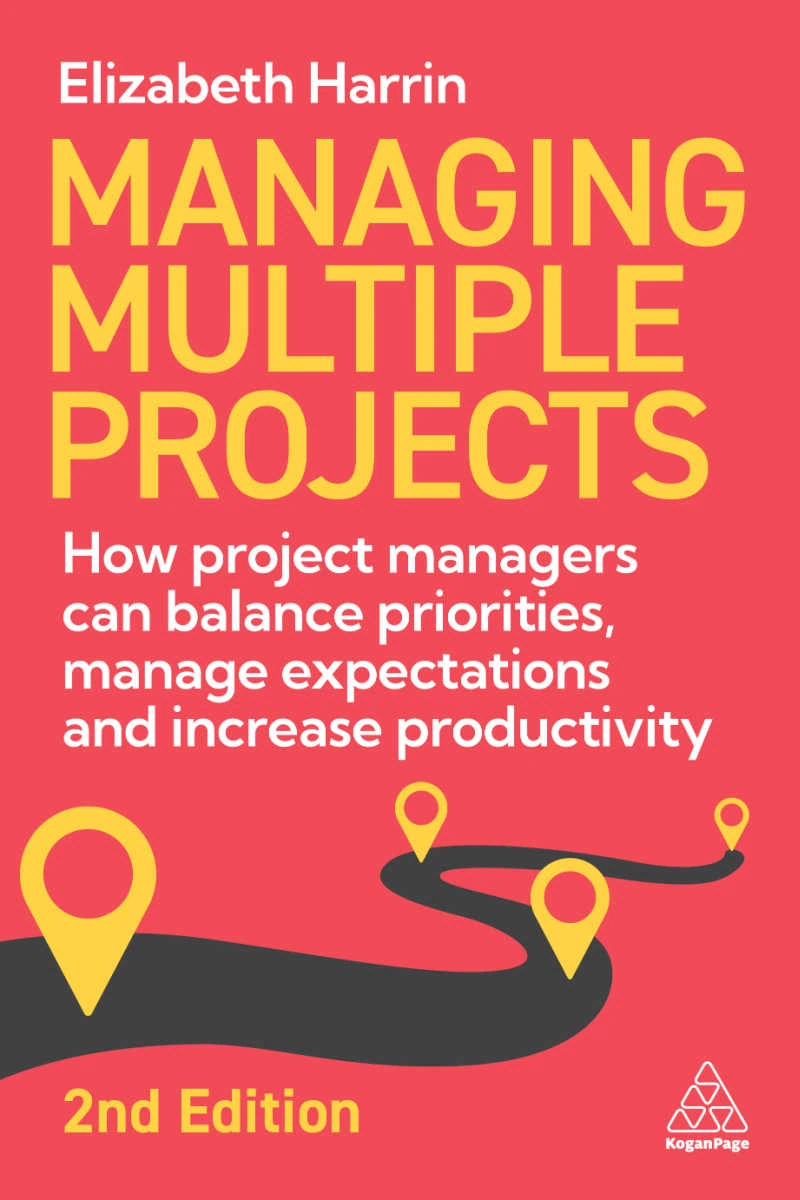BAs and PMs working together (part 1)
About a month ago I spoke at the IRM UK Business Analysis Conference 2009 about how project managers work, and how business analysts and project managers can work together more successfully. As you can imagine, telling a room full of BAs that project managers don’t want to hear all that detail and analysis paralysis was received with a few sucking-on-the-teeth moments. There was a heated discussion at the end of my presentation.
If you weren’t there, don’t worry, you can be part of the debate here! Over the next four weeks I’ll be writing about the key things I discussed in that presentation, starting with an explanation of what project managers care about most: the triple constraint.
Business analysts don’t always understand where project managers are coming from. We have odd and sometimes ridiculous demands, and we walk around with Gantt charts a lot. It’s not hard to understand what motivates project managers – we just don’t bother to take the time to explain it. At all. To anyone. And then we do get very upset when people don’t understand the value that we bring to organisations (BAs: does this sound familiar??).
Project managers see themselves as navigators. We see the big picture and we want to get there as fast as possible and as cheaply as possible. We spend all day thinking about OTOBOS – or we should do, if we are any good at our jobs.
OTOBOS is also known as the triple constraint: on time, on budget, on scope. The confusion is that as project management as a discipline has evolved, so has the triple constraint, and now it includes other factors bringing the number up above three. Generally these are:
- Time
- Budget
- Scope/Requirements
- Quality
These are the ‘normal’ four. Some commentators include:
- Risk
- Customer satisfaction
as an additional two items, meaning the ‘triple’ constraint actually includes six things. No wonder project management
Even though the
“Will it deliver on the day we agreed?”
“Will it cost what we agreed?”
“Will it do what I want?”
That’s OTOBOS: on time, on budget, on scope. And if you are doing that, you are getting something right.
Over the coming weeks I’ll be writing about what project managers value in their working relationships with business analysts – and what we don’t. The final part of the series will look at how we can improve workplace harmony between PMs and BAs!

